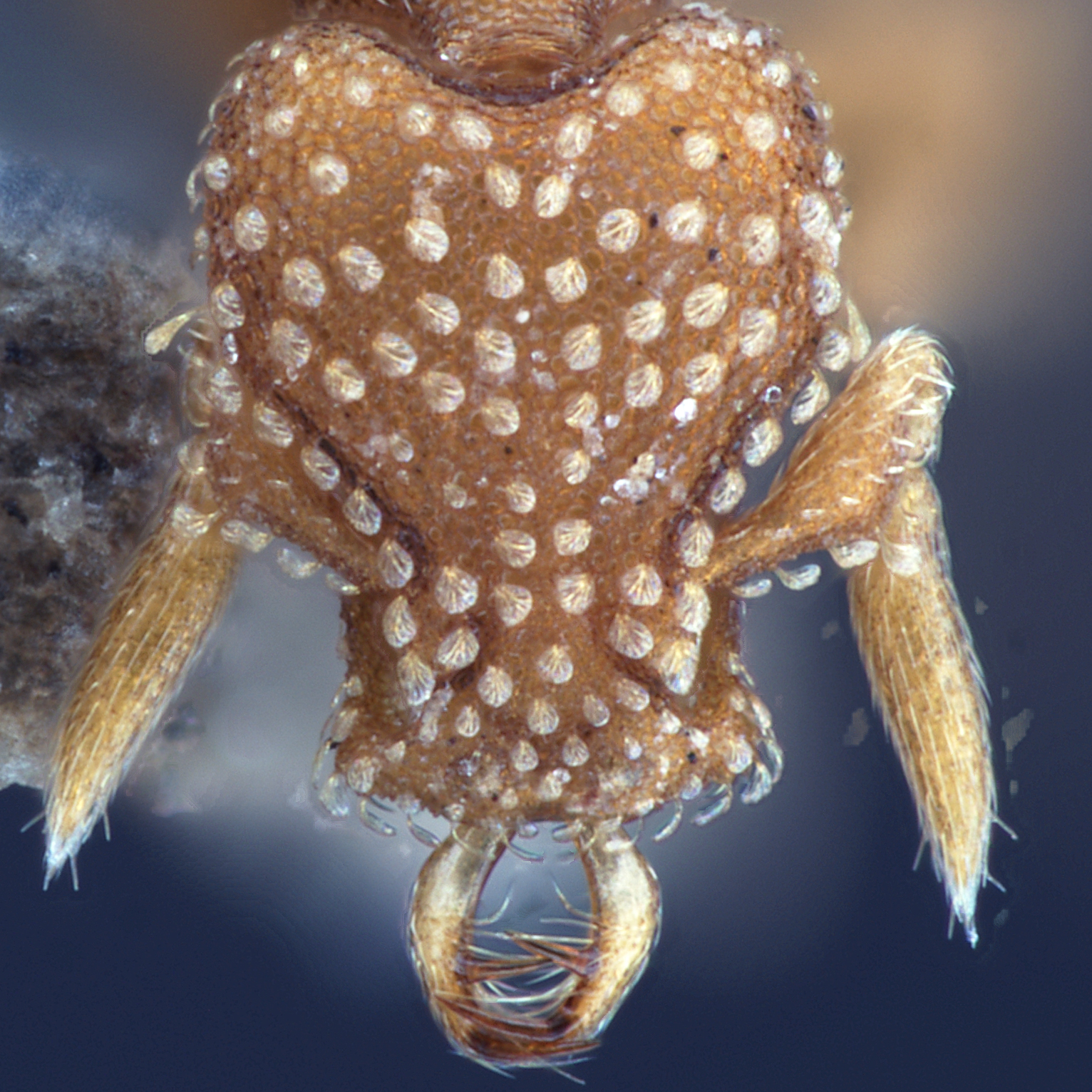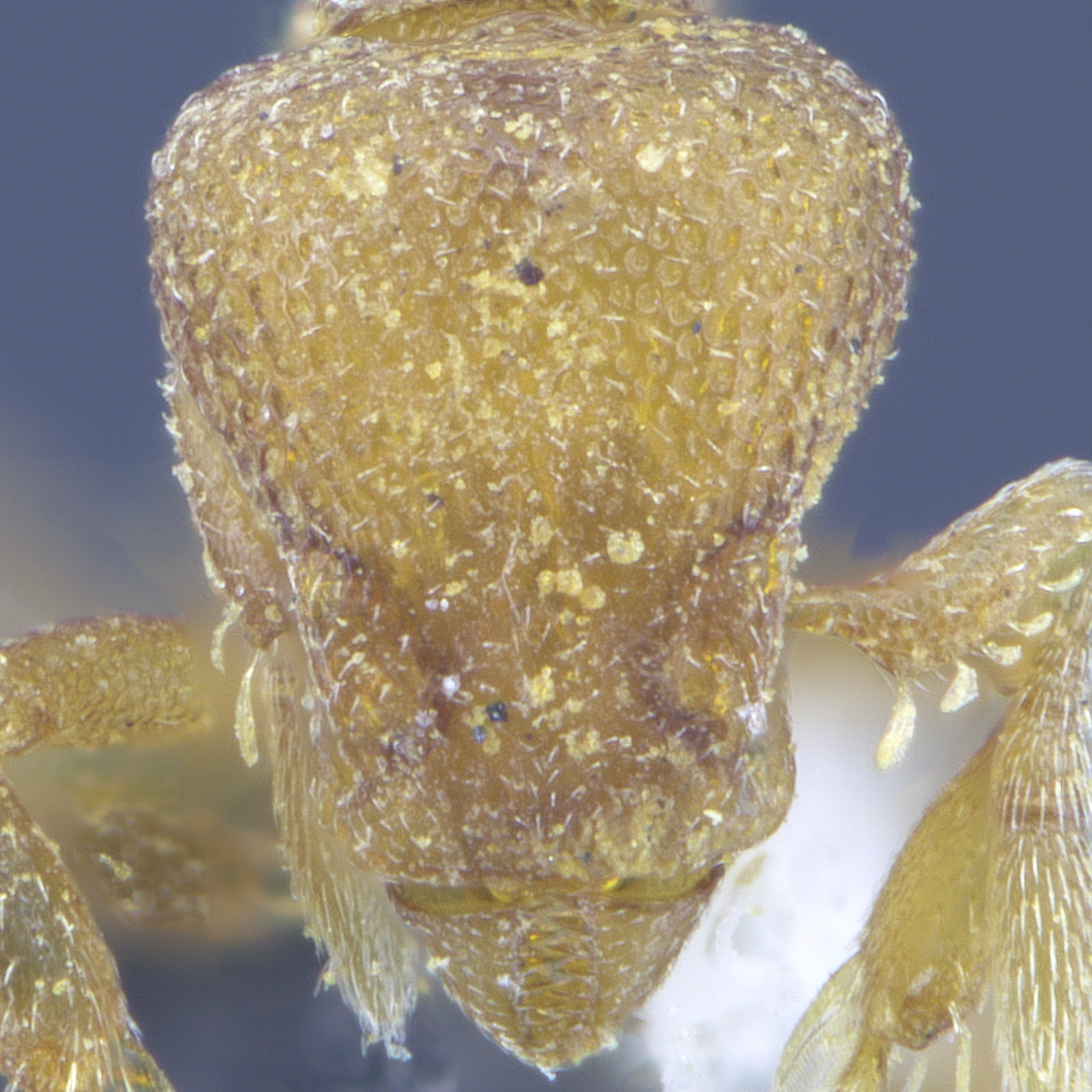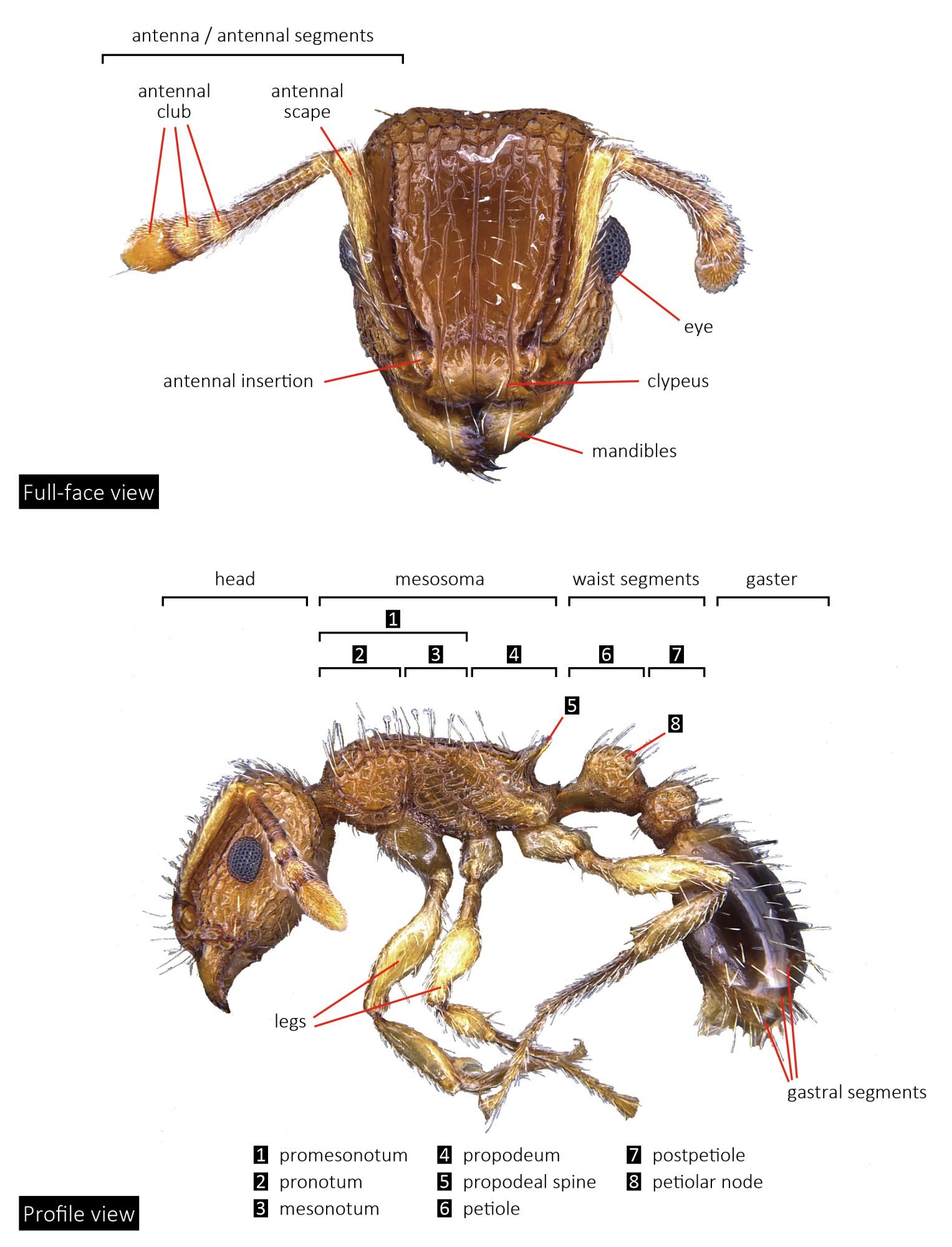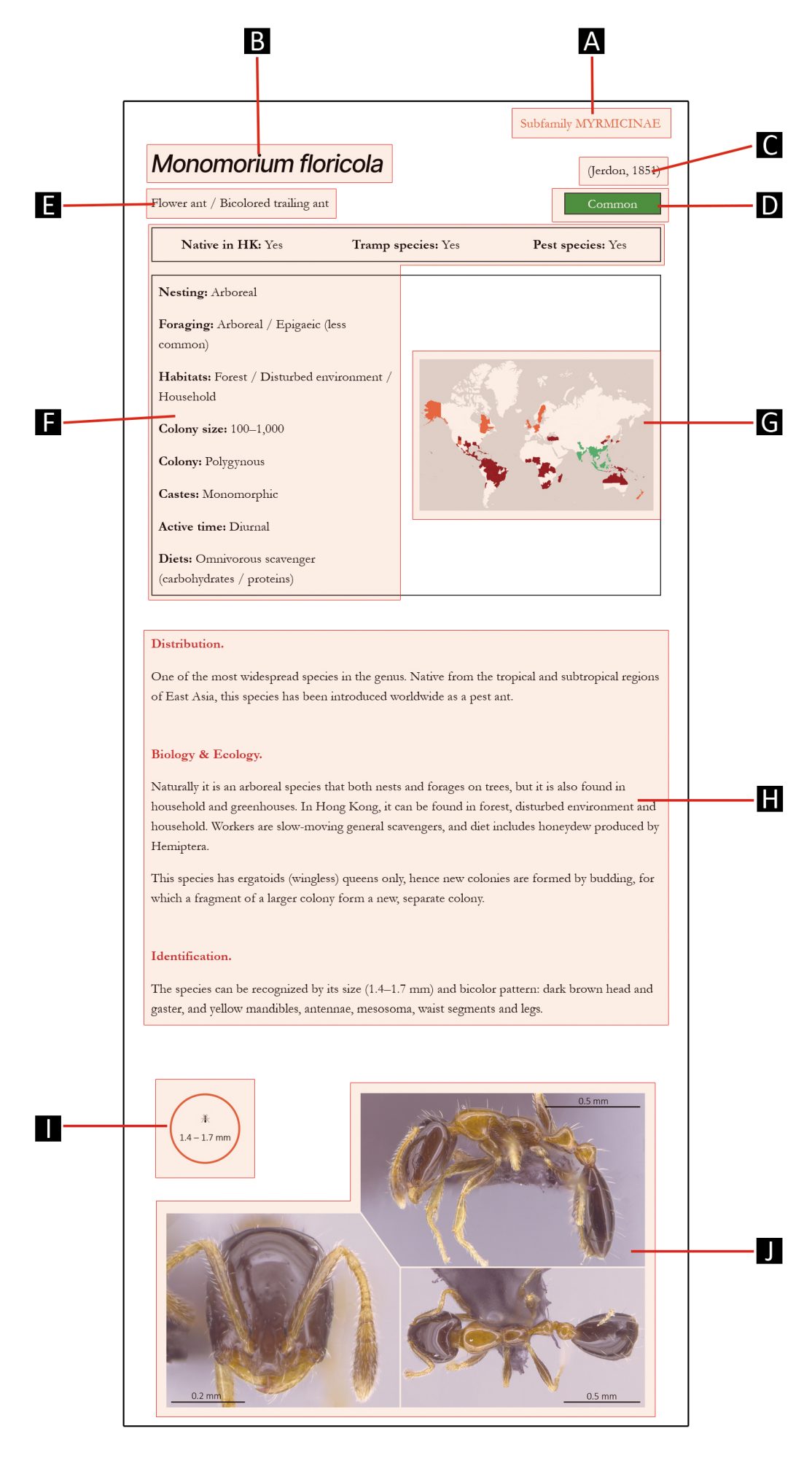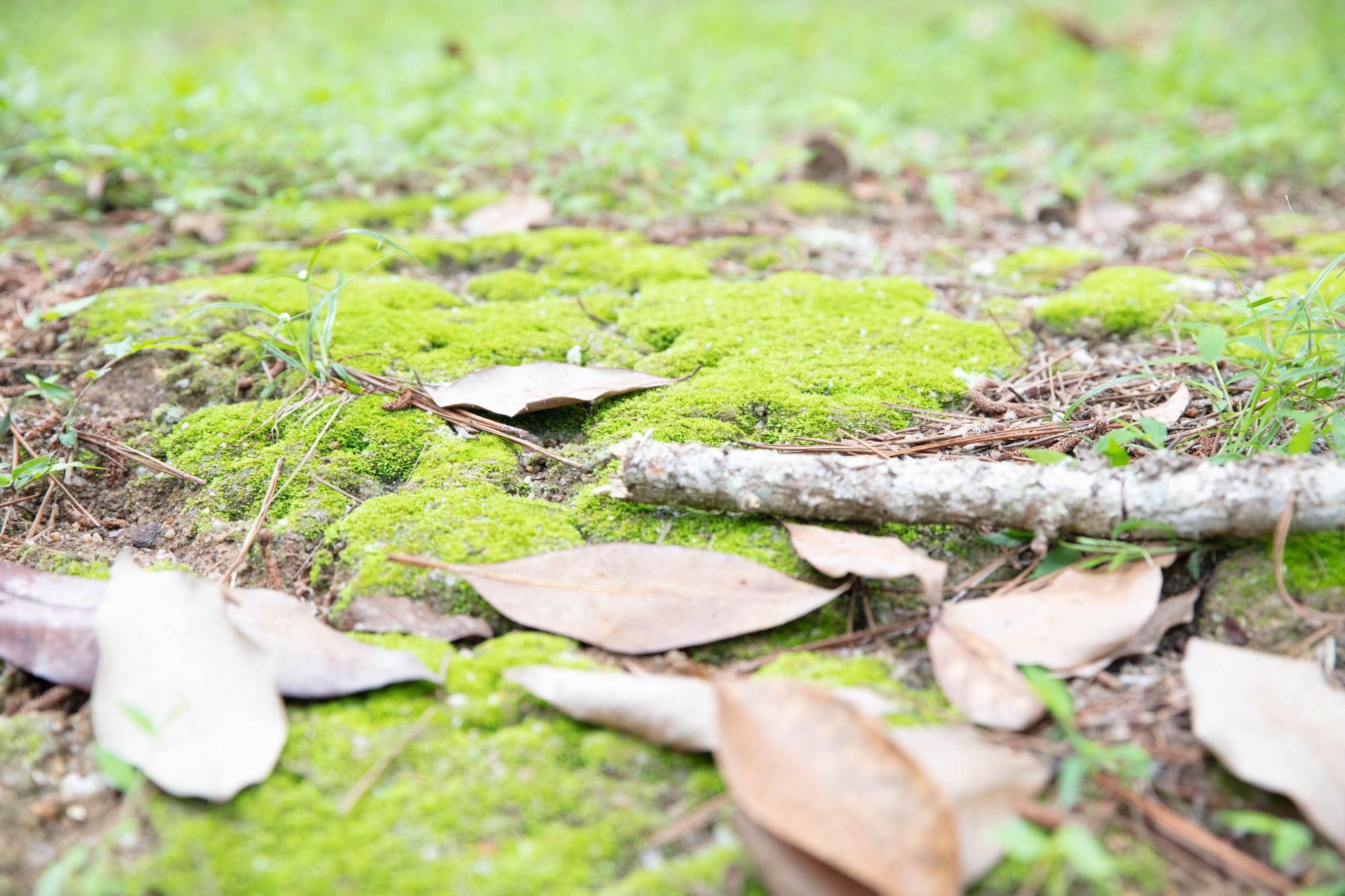
Subfamily MYRMICINAE
GENUS
Strumigenys
Smith, 1860
Miniature trap-jaw ants
Distribution.
A very successful ant genus with 859 species described. This genus is currently the third-most species-rich genus of ants. The genus has a cosmopolitan distribution, with the exception of northern parts of the northern hemisphere.
Biology & Ecology.
Individuals of the genus are rarely found above ground, with nests usually located within the soil or decaying wood, but some species are known to be arboreal. Nests are small, contain a few dozen workers to several hundreds of workers. Due to their cryptic lifestyle and low abundance of workers, the biology of most species remains unknown.
Strumigenys species are slow-moving specialized hunters after soil arthropods, in particular springtails (Collembola). Workers’ foraging activity is limited to within the soil or leaf litter of forest habitats.
Many species have highly derived mandibles with spring-load mechanism for hunting. Mandibles are held in an open position, and slap close when trigger hairs contact a prey. Some are known for having thanatotic behavior (playing dead) when disturbed.
Identification.
Strumigenys species are small to very small in size (1–4 mm), mostly with light brown to brown coloration, but there are some species that have darker coloration. They can be easily recognized by their characteristic mandibles and the presence of sponge-like tissue on their waist segments.

Species in this genus
